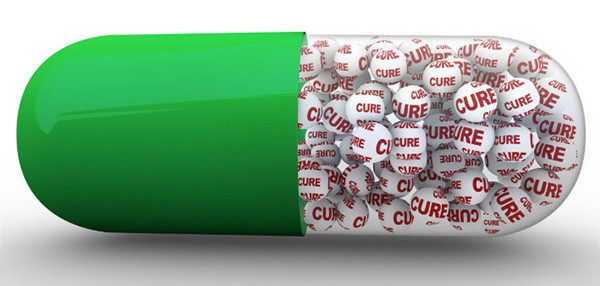A collaboratory of HIV researchers has issued the first comprehensive set of recommendations for assessing the persistent viral reservoir in HIV cure studies.
As the HIV cure field has made important advances in recent years, investigators have run up against a thorny problem: how best to measure the size and scope of the viral reservoir. Finding precise mechanisms for doing so is of the utmost importance because only through such testing can investigators determine the efficacy of investigational cure therapies.
Such assessment is also crucial as a guide during analytical treatment interruptions—periods during which people with HIV participating in cure trials are taken off their antiretroviral (ARV) treatment and closely monitored.
Publishing their recommendations in Nature Medicine, HIV researchers from the BEAT-HIV Martin Delaney Collaboratory to Cure HIV-1 Infection by Combination Immunotherapy (BEAT-HIV Collaboratory) assessed the numerous available strategies for assessing the viral reservoir and provided guidance on their use in clinical trials.
Currently, HIV cure trials monitor the viral reservoir by assessing viral DNA in peripheral blood cells taken from a blood draw, leukapheresis (a laboratory procedure in which white blood cells are separated from whole blood) and biopsies from gut-associated lymphoid tissue or lymph nodes. Most trials rely on a blood draw because it is easier to collect.
The new report provides HIV researchers with priority lists of the available viral reservoir tests and technologies to apply for each type of specimen and collection method. The overall goal of the report is to standardize the use of viral reservoir assays in HIV cure trials.
“A major obstacle to eradication is the virus hiding in some compartments of the immune system where it’s difficult to target and measure,” Luis J. Montaner, DVM, DPhil, the director of the HIV-1 Immunopathogenesis Laboratory at Wistar’s Vaccine & Immunotherapy Center as well as the coleader of the Delaney Collaboratory and corresponding author on the new article, said in a press release. “The BEAT-HIV guidelines now provide specific information on the strengths and limitations of each assay available today.”
“We systematically reviewed the state of the science in the field and provided a collective and comprehensive view on which viral measurements to prioritize in clinical trials,” said Mohamed Abdel-Mohsen, PhD, an assistant professor in Wistar’s Vaccine & Immunotherapy Center and one of the coauthors of the paper. “I think this is a crucial step to take the best advantage of the most valuable resource available to researchers in their quest to find a cure for HIV, the blood and tissue samples from people living with HIV who generously participate in the HIV cure-focused clinical trials all over the world.”
To read the study abstract, click here.
To read a press release about the study, click here.







Comments
Comments